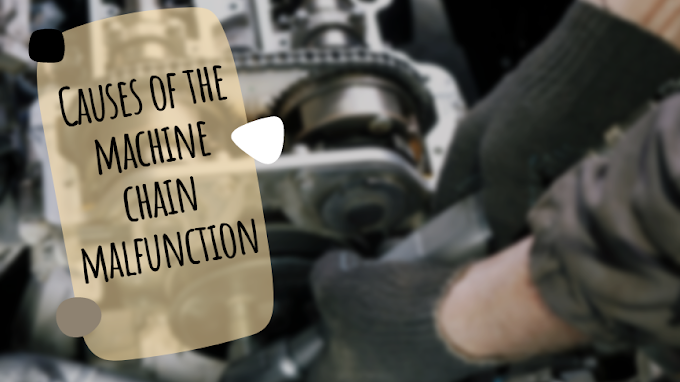Turbo repair and signs of failure
The turbo, or what is known as the turbocharger, pumps a large amount of air into the engine before the fuel flows, which helps to increase the engine’s power and efficiency when fuel burns while driving, and this is by gathering oxygen molecules together after pumping the air densely into the engine, which It causes air pressure and allows a larger amount to flow, which leads to the generation of mechanical energy that allows raising the efficiency of fuel combustion, and also contributes to reducing fuel consumption inside the car, and the turbo consists of two main parts, the turbo, and the compressor, and the turbo can break down over time for many reasons, and this article We will show how to repair a turbo.
Turbo repair methods (turbocharger)
 |
| Turbo repair and signs of failure |
First method
The turbocharger can be repaired by checking its parts and changing the damaged ones, by following the following steps:- Clean the outside of the turbocharger by using a special cleaner, and it should be noted the need to wipe it well and make sure that there is no water or moisture after cleaning it.
- Clean the air ducts and make sure to change the damaged parts of it, and make sure that the air pipes and hoses are stable, and fix them well with the compressor, in case they are not firmly fixed.
- Remove any particles, debris, or dirt in the compressor or piping, then clean the compressor housing unit, helping to reduce carbon buildup.
- Change the air filter. Dirt, dust, and debris build up on the air filter can cause engine oil to leak and collect on or near the compressor.
- Adjust the oil ratio in the engine crankcase according to the manufacturer's instructions.
- Check the pipes inside and outside the turbo, to make sure that there is no accumulated dirt or debris, which usually causes sounds, and then tightly reinstall the clamps after making sure that the pipes are clean.
- Inspect the spring connected to the engine control unit carefully, as it can wear out over time, causing a decrease in engine power, and it should be noted that the spring can be changed by following its instructions easily.
- Ensure the cleanliness of the oil drain tubes by examining them well, and making sure that there is no blockage inside them. It is also possible to know if there are obstructions in the drain tube by examining the thickness of the oil; If it is thick, this indicates a blockage inside the drainpipe, and this problem can be solved by changing the oil drain pipe with the help of a specialist.
The second method
The turbo can be repaired by completely disassembling its parts, repairing or changing them, and reassembling it again, by following the following steps:- Turbocharger parts disassembled and prepared for cleaning. Overheating of the oil inside the turbo can lead to carbon buildup, blocking engine oil pipelines, and ultimately reducing the amount of oil flowing to the turbo.
- Inspect all parts of the turbo, such as the external and internal structures, and clean them well, and make sure of the usable parts, and the parts that are preferred to be replaced due to wear or cracks, especially the exhaust case.
- Loss of balance inside the turbo can cause its parts to loosen, so it is preferable to weigh the main turbo parts; Compressor, and turbine wheels separately, then balance after all turbo parts are assembled.
- Assembling turbo parts using modern bearings and seals. Damaged bearings and seals can cause oil to leak through the caps. The shaft must be lubricated with a thin layer of oil, and then the engine crankshaft.
- Installing the turbo cartridge between the hot and cold side packages of the engine, and after completing the assembly of the parts, it is preferable to check the exhaust actuator and ensure the quality of the drain.
Turbo failure signs
Several signs indicate a turbo failure, and the most common of these are:- Low acceleration Despite the high speed of the car, the low level of power causes a decrease in acceleration, and the inability to reach the desired speed.
- The appearance of annoying sounds when the car is running, it is known that the turbo works to silence the sound of the air flowing into the engine, thus running it quietly, but damage to the turbo or the accumulation of debris inside it can cause annoying crackling sounds to appear in the car.
- Gray or blue smoke coming out of the car's exhaust system, which indicates a leak or crack in the engine oil drain lines, or corrosion in the drain arresters and mounts.
- The engine signal light is clear evidence from the car’s computer that there is a problem or malfunction in the turbo. It also not only indicates a breakdown of the turbo, but it can also indicate the presence of other car malfunctions, so it is preferable to resort to a mechanic to examine the car to diagnose and solve the problem.






